PTE Describe the image question type is the third prompt type in the real PTE exam, which tests your ability of how well you describe the key points of the image in a short period. This question is the easiest part of the speaking section if you prepare well, and you are aware of the tips and tricks to tackle this question type. It allows 25 Seconds time to prepare and jot down the key points from the given image, and then once the beep sound plays you have to start describing the image for 40 seconds. It is quite chaotic if you are not very well prepared with the structure of describing an image properly.
If you want to check your level of preparation before appearing the PTE mock test or the PTE test, free PTE practice will come in handy to highlight your mistakes and improve on them.
Different Type of PTE Describe Images
In the PTE exam, you will encounter with the different types of PTE describe images such as:
- Bar Graph
- Line graph
- Table
- Maps
- Pie chart
- Flowchart diagram
- Venn Diagram
- Pictures
A total of six different images will be asked during the PTE academic exam. Let look into a template which you should follow to improve your PTE describe image score. But, firstly we will look into what PTE requires from the test takers. PTE evaluation algorithm will look into sentence formation and paragraph formation. A description of any image or thing is only completed when it has three ingredients. First, introductory statement; Second, key highlight point; Third, the conclusion. If you have included these three points while describing the image, then chances are high that the PTE algorithm will give you better marks than the image described randomly. In the PTE describe an image, your response is judged based on oral fluency and pronunciation. Let’s look at the format which you should remember for the described image:
The introductory sentence of PTE describe image:
The given (type of image eg: Bar Graph) represents or shows or depicts….(Title and then the X-axis and Y-axis if it is a bar graph or line graph, or what the image is about)
Add the key idea of an image:
Compare the highest and the lowest point or the trend of the graph or chart and quantity of each other. You can just include 1 or 2 key points where say the highlight of the graph. It is not important to mention all the points. Try practicing with the PTE practice test in the speaking section to improve overall score and PTE describe image as well.
Mention conclusion in the PTE Describe Images:
Conclude the graph or image with the overall trend or the future trend by assuming from the graph. Don’t worry if you are assuming wrong then you will not lose the mark. It is just the algorithm that requires the conclusion of the image. The conclusion can be of 6 to 7 seconds when you describe image. Be prepared with the template which is mentioned in this blog and you can see the significant improvement in the score for speaking.
Sample Answer to Describe image
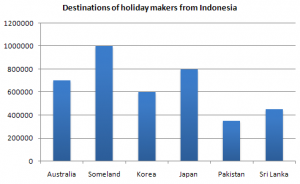
Answer:
The given bar graph gives information about the destinations of holidaymakers from Indonesia to various countries such as Australia, Someland, Korea, Japan, and so on. It is visible that the highest number of tourists from Indonesia visited Someland, which are around 1000000 tourists. The least visited tourist destination place amongst all is Pakistan, where just around 300000 people visited there. Overall, Someland is the most favorite destination place amongst the visitors.
Tips and Tricks to Describe Images:
- Avoid ‘umming’ and ‘urring’ while speaking. This will reduce your oral fluency and overall marks.
- Remember to avoid the grammatical mistake while forming the sentence.
- Prepare this structure and practice over and over again to speak automatically in this format. Remember our previous blog where we discuss the proper practice. Read how to get 79+ score in PTE exam
- Practice the speaking in below format
- 10 Seconds for introduction
- 20 Seconds for highlighting key points
- 6 Seconds for conclusion
- Don’t try to speak for a full 40 seconds. Stop before the 36 Seconds, because if you will extend your speaking for 40 seconds then you might miss the conclusion and lose the marks.
- After completion of the introduction, the next step is to explain the highlighting factor of the graph. You can go to the highest factor and the changing trends within the years mentioned. If you see any constant factor, the lowest factor in the image you can explain that too. But try to explain it within 20 seconds. Try to speak clearly without getting confused between the task. Remember one thing –SPEAKING IN FLUENCY AND PRONUNCIATION =TO SUCCESS.
- The most important tips for PTE Speaking Describe image are to practice and be prepared with the template. To implement these tips, you can use your free PTE mock test with evaluation. There will be 3 to 4 PTE describe image questions in the PTE exam, however, if you wish to practice just this question, you can opt for PTE question-wise practice test. The mock test for PTE will give you the chance to maximize your overall score in the PTE exam.
Overall, to improve the PTE describe image score, the key point is to practice and be precise with your template which gives you a higher score. Though you have given enough PTE mock test, if you are not well aware of the scoring structure, you will lose marks for PTE Speaking. The 79score.com free PTE practice test will give you insight in the marking criteria to be able to get higher marks.
|
79Score
|
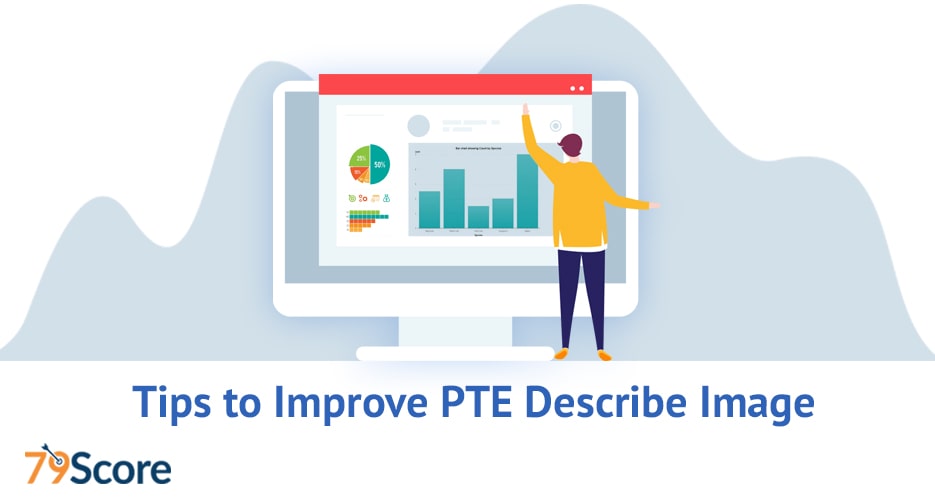


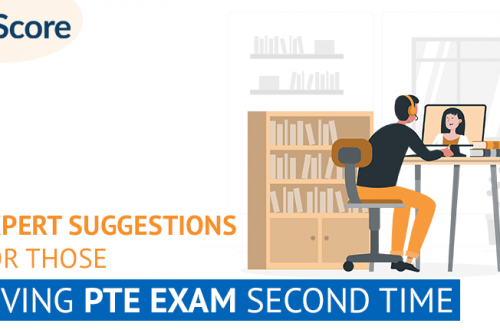
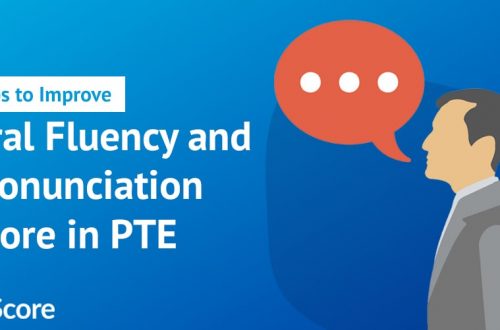
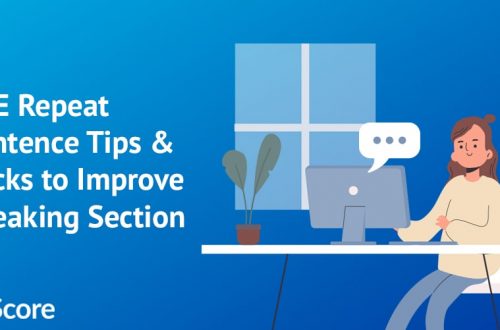
One Comment
79Score Admin
Hi Ruchika,
Yes, we are providing scored mock test for the practice purpose. Along with it, we are providing the mock test evaluation report just like the Real exam from which you can assess your level for the exam.
Feel free to contact us at help@79score.com for any further queries.
Thanks